How do you take dozens of products across a range of industries into multiple global regions and make it all work?
That’s the challenge we face as product marketers operating at scale. At Salesforce, we’ve got a massive portfolio – from our core CRM to tools like Slack and Tableau – and we serve customers in AMER, EMEA, and APAC. It’s a lot to coordinate.
I’m Nicole Watson, Director of Product Marketing at Salesforce, and I’ve been lucky enough to navigate this complexity firsthand. In this article, I’ll walk you through our approach to global go-to-market (GTM), and share some practical tactics you can use, no matter the size of your team or company.
Whether you’re working with global teams or just starting to think internationally, I’ve got you covered. Let’s dive in.
Step #1: Start with the basics
When I first started working on global GTM, I thought we could just take a US-based plan and rinse and repeat it for the UK. Easy, right?
Spoiler: that’s not how it works.
Even looking at a region like EMEA, for example, you can’t treat it as one single market. What works in the UK might not land in Germany, and what works in Germany might not translate at all in France.
You have to go back to basics, look at each country individually, and think: where are we starting from?
Understand market awareness
One of the first things to assess is market awareness. I’ll give you an example. When I was working on our nonprofit team here in the States, we had strong brand recognition in the sector, which is a dream for any product marketer. However, when we looked at the UK nonprofit market, it was a different story. Customers there didn’t really know us at all.
So, instead of focusing on mid-to-bottom funnel activities, we had to pivot. It became all about top-of-funnel efforts – making people aware of who we are and what we offer.
Assess market readiness
Next up is market readiness. You need to ensure your sellers are fully enabled and make sure you have the right tools and support in place to go to market.
Don’t assume the same competitors
Your competitive landscape can change depending on the region. The companies you're up against in the US might not be the same ones you’ll face in EMEA or APAC. It’s important to identify who’s already established in that market and how you stack up.
Review your pricing strategy
And then there’s pricing, which can be a real curveball. A few years ago, I was working on a launch in the UK, and we realized there was a huge pricing gap between us and our local competitors. We were priced way above the market. That forced us to step back and re-evaluate our pricing strategy.
If you go to market and you’re way out of alignment, it’s going to be tough to win over customers, no matter how great your product is.
Step #2: Understand regional nuances
Once you’ve got the basics down, the next step is understanding the nuances of each region. And trust me, there are plenty.
Language isn’t just translation
Let’s start with language. As an American company expanding into Europe, it might seem like a lot of countries speak English, and that’s true to an extent. However, even within English-speaking regions, there are differences. UK English isn’t the same as US English, and that alone can impact how your message lands.
And then, of course, there are the countries that speak other languages. Take Germany, for example – only about 56% of people there speak English. That’s a big deal. It means you can’t just repurpose your US content; you need to start thinking about localization: How do you create content that speaks the language – both literally and culturally?
Local laws, local rules
Next up: regulation. Regulations like GDPR completely change how you engage with customers. So, your tactics in Europe might look very different from what you'd do in the States. You have to factor in things like consent, data privacy, and how you're allowed to nurture leads across different touchpoints.
Culture is everything
Here’s what I’d argue is the most important part: culture.
You can’t go into a region thinking only about your product’s features or the customer’s pain points. You have to understand your customers – how they think, what they value, what resonates. This means digging into their culture.
Let me give you an example. At Salesforce, we love using characters in our branding – they’re tied to specific products or personas. One of our most iconic is Einstein, representing our AI tools. But in Japan, our local team flagged that this character doesn’t always land well culturally. That’s not to say it’s offensive – just that it doesn’t have the same effect, and that matters.
Symbols, numbers, and names… oh my
There are smaller, easy-to-miss details too. In some cultures, certain colors or numbers are considered bad luck. At a previous company, we changed our pricing to feature “lucky” numbers after feedback that our original prices were seen as bad omens. You don’t want your pricing to unintentionally turn people away.
Product naming can also trip you up. Something that makes perfect sense in one country might fall flat – or worse, offend – in another.
Here’s a fun (and tasty) example: I love fries. In the US, they’re fries. In the UK, they’re chips. But wait – what we call chips, the UK calls crisps.
So, if you’re launching a fry brand in the UK and you call them fries, people might be confused. And if you call fries chips in the US... Well, now we're confused. It’s a lighthearted example, but it drives home the point: naming matters.
Know how your customers talk about their customers
Let’s bring it back to a real-life scenario.





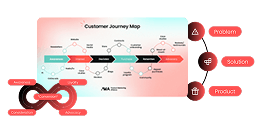



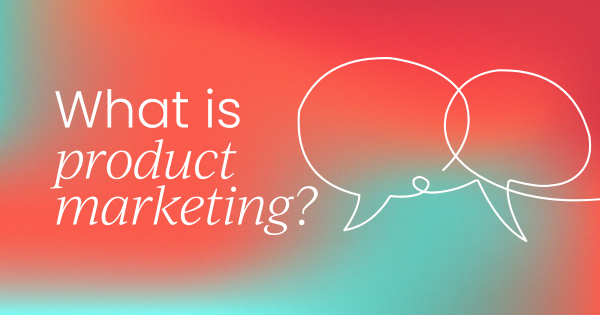
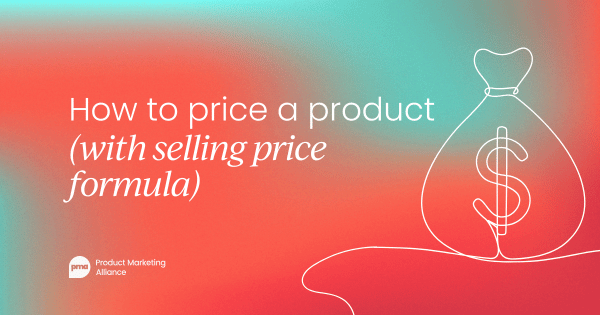
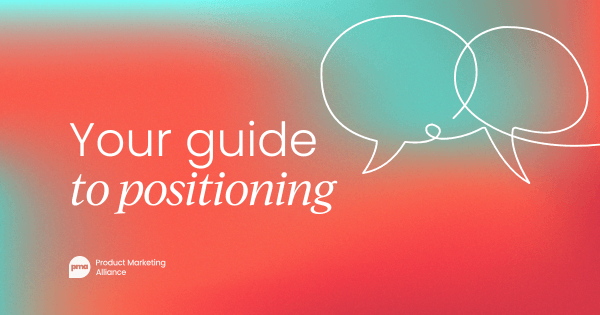
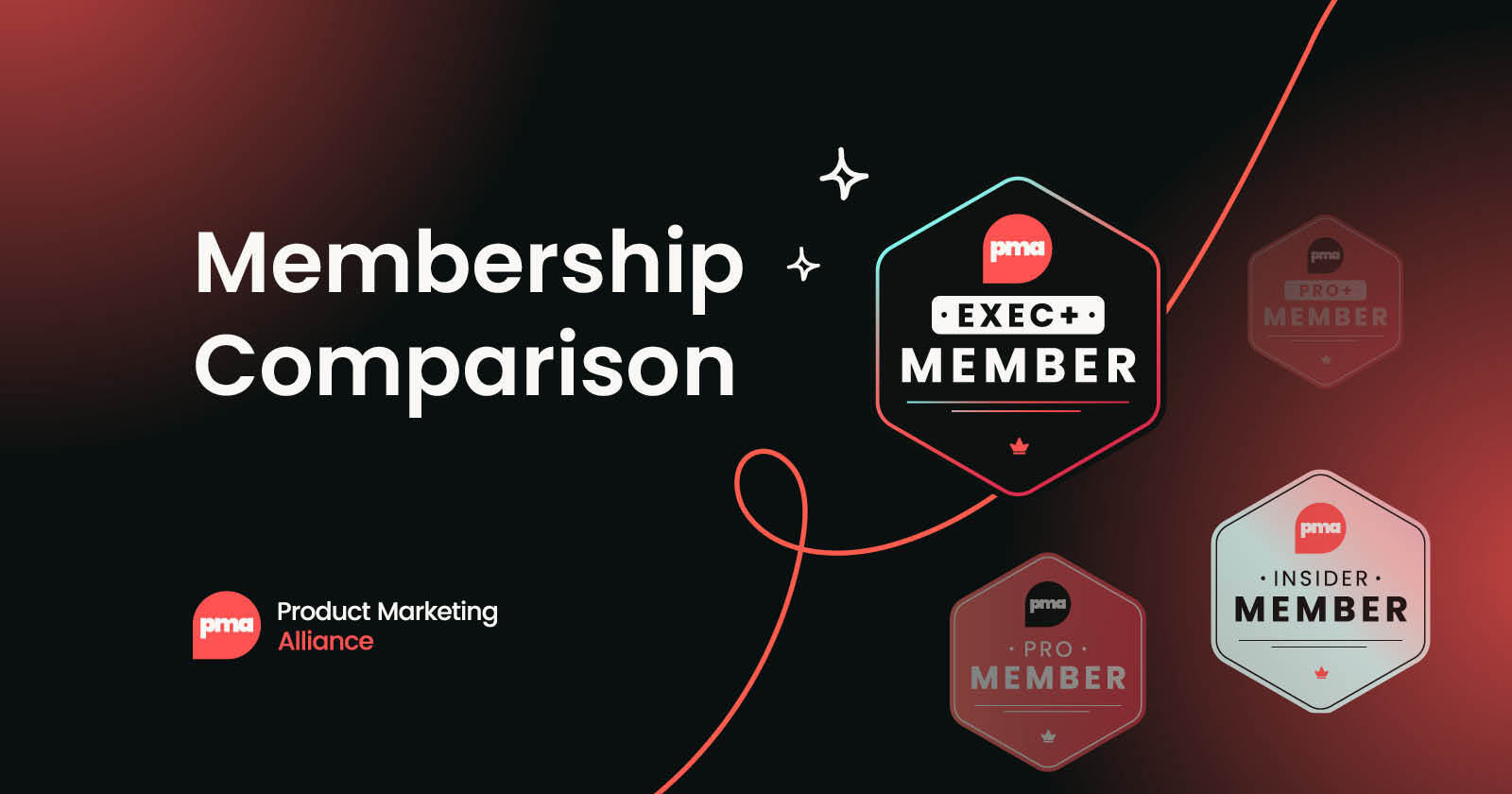
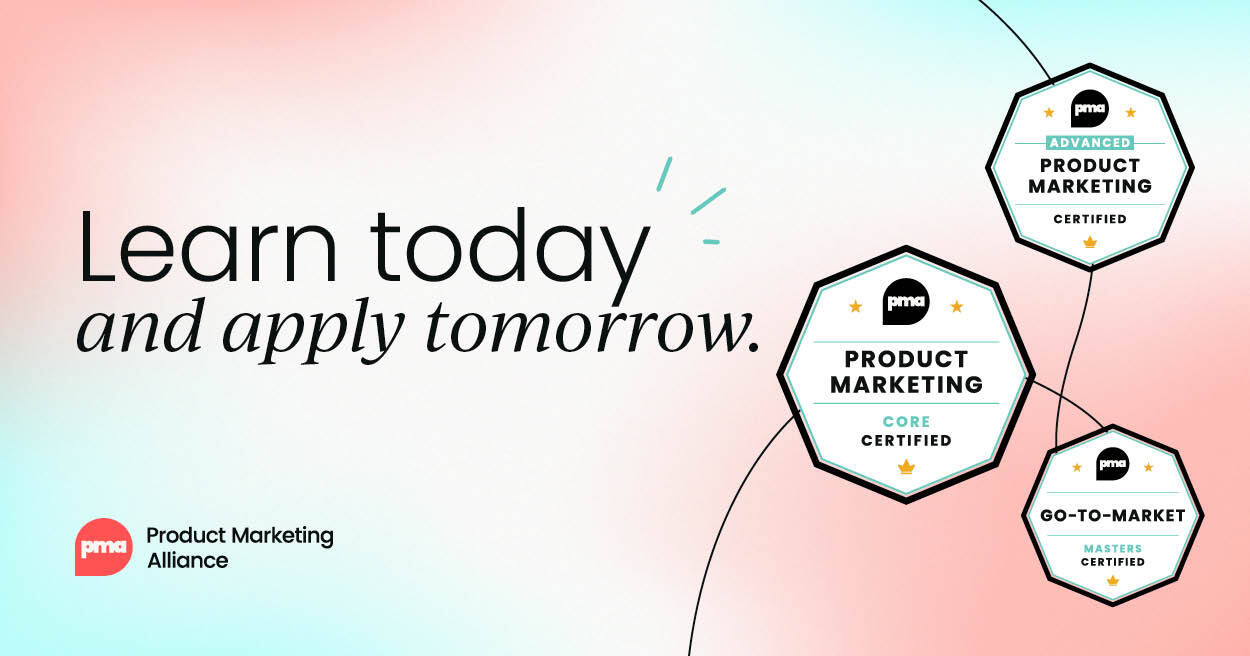
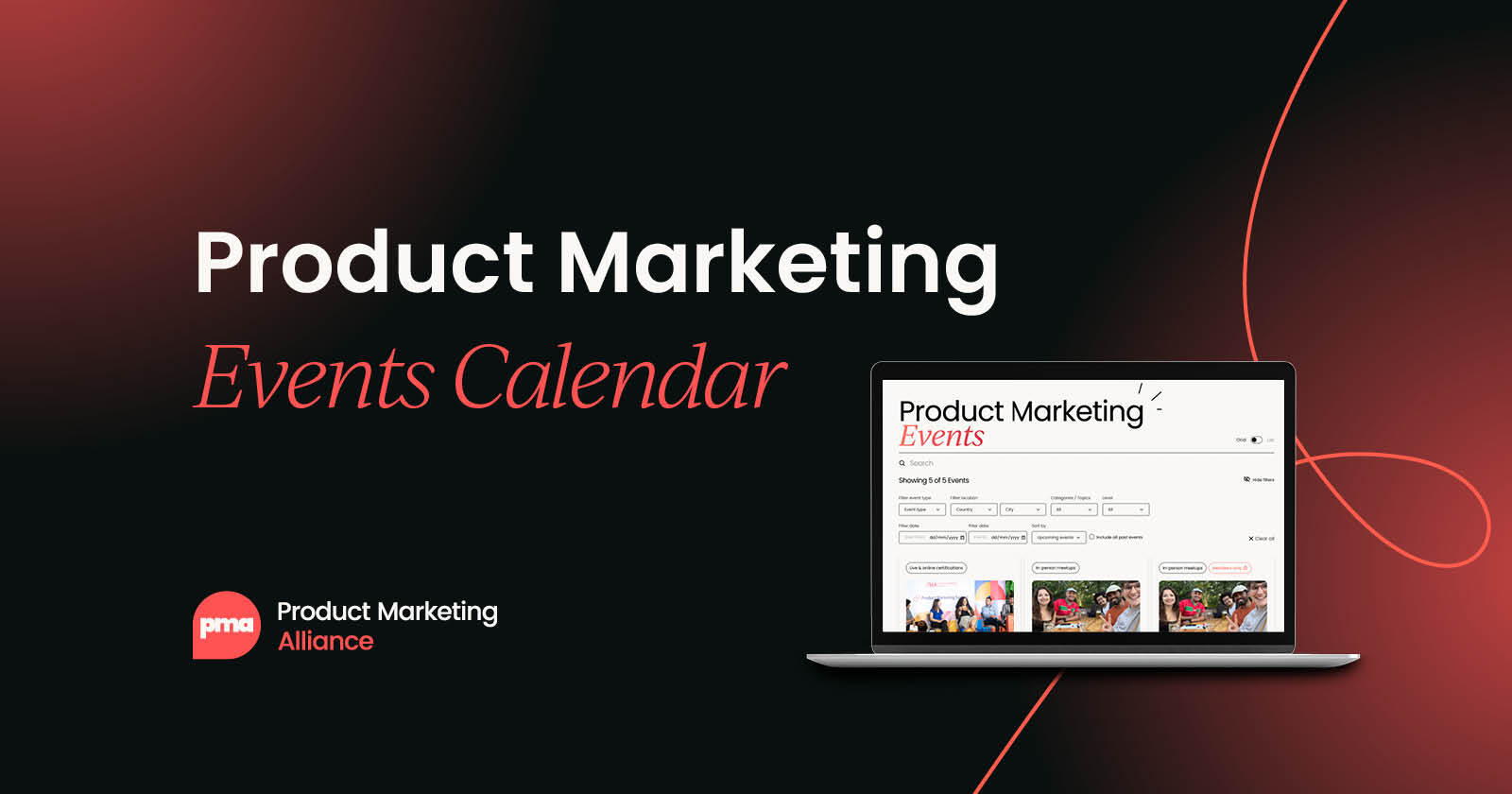
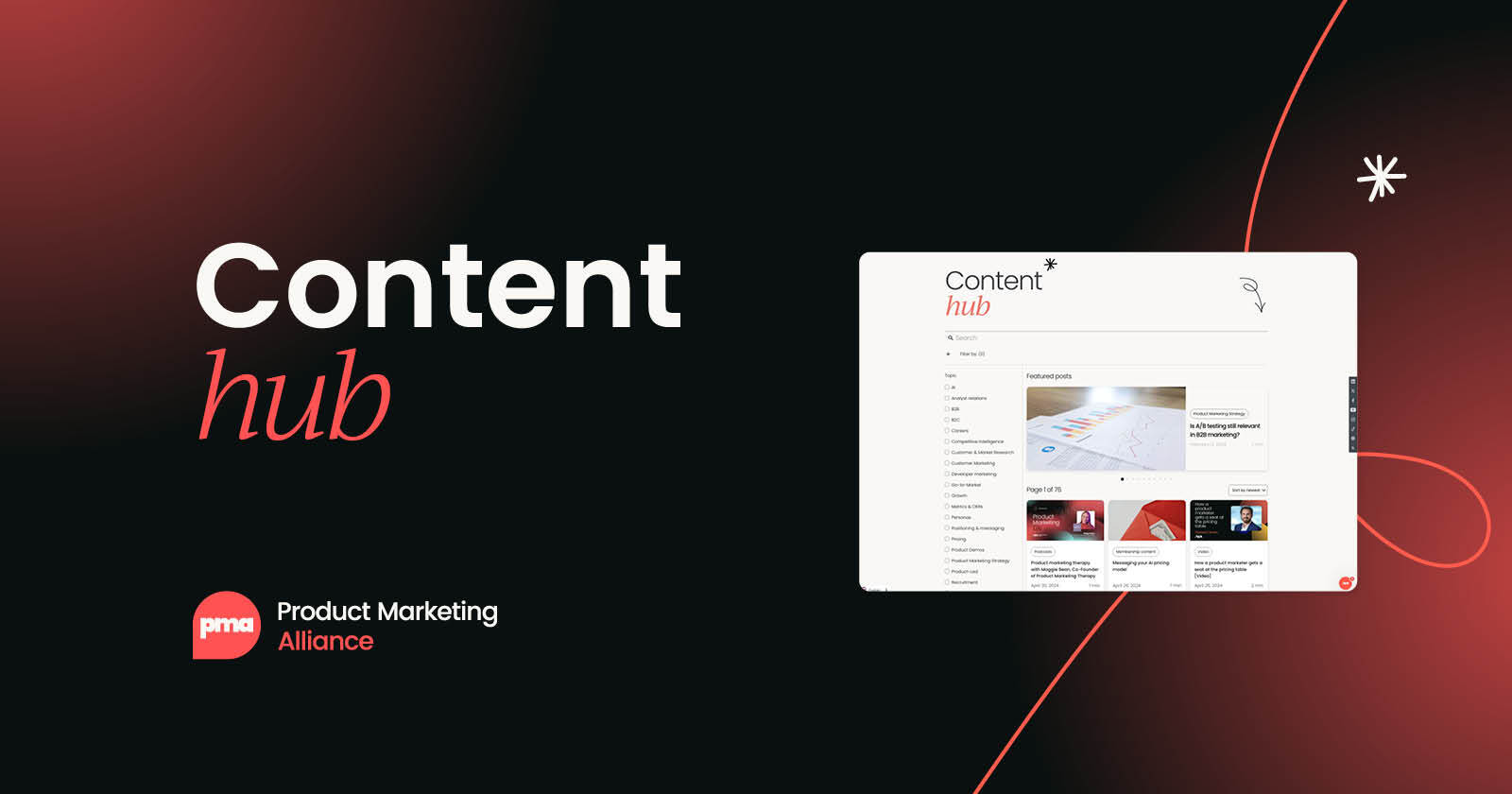

 Follow us on LinkedIn
Follow us on LinkedIn

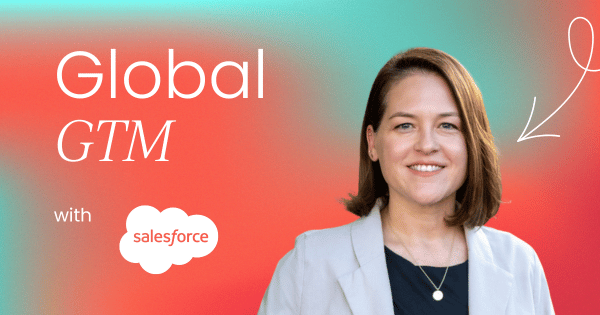


.svg)